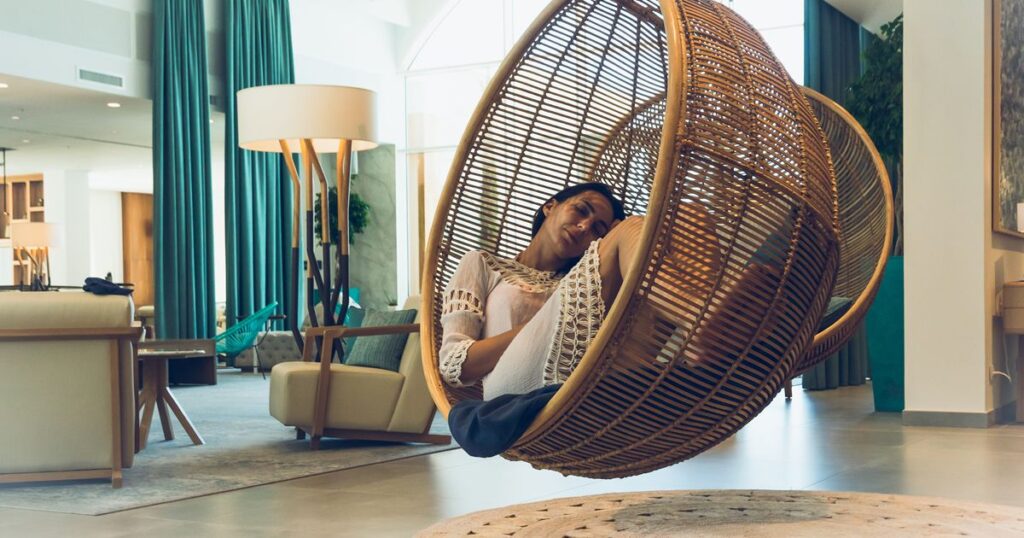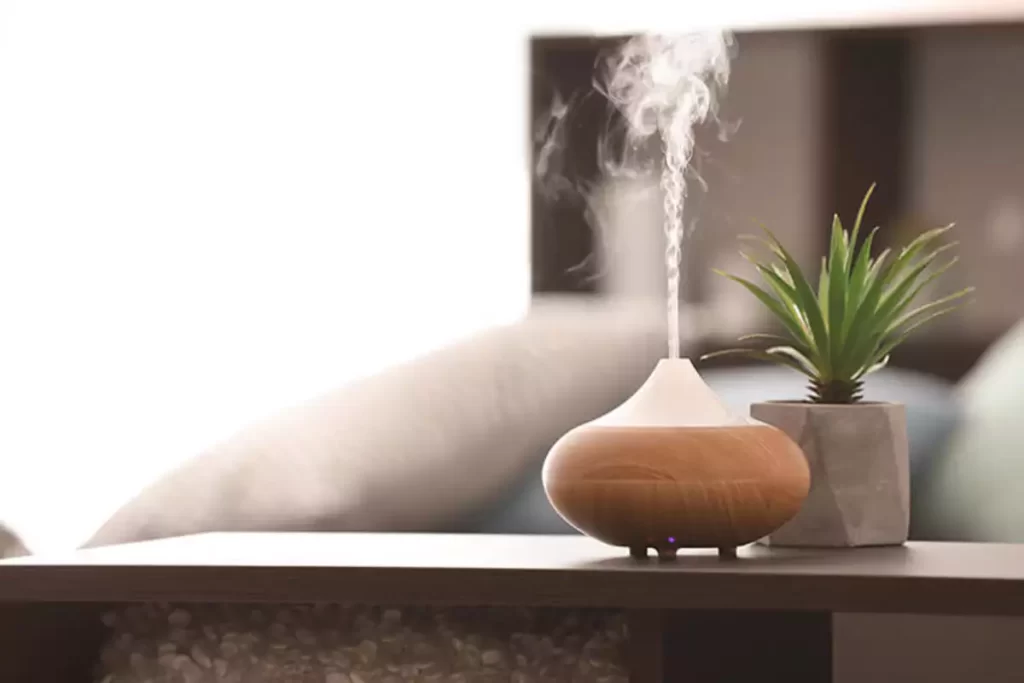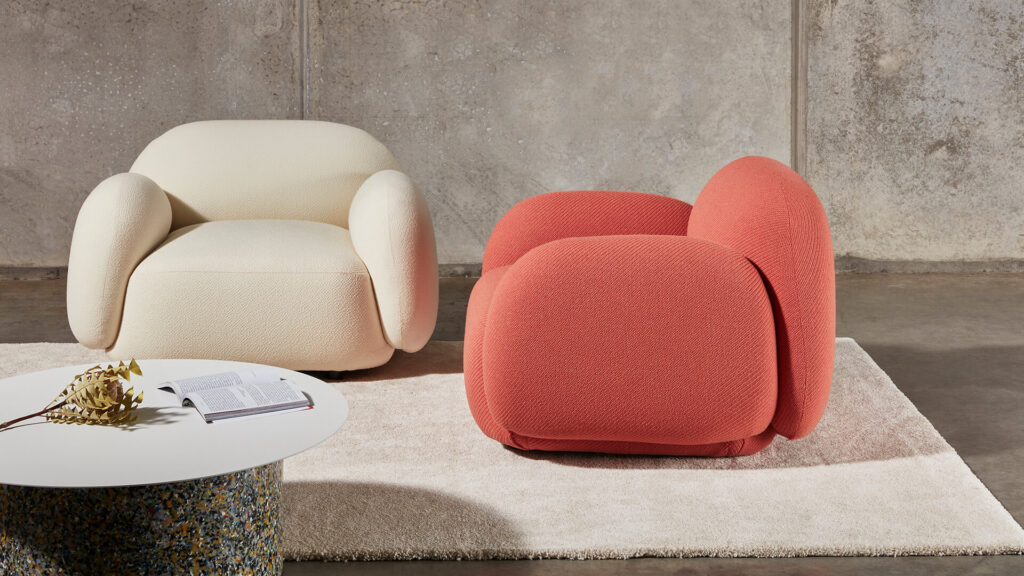Anxiety can be a challenging condition to manage, and creating a soothing home environment can significantly contribute to alleviating its symptoms. Your living space should be a sanctuary that promotes relaxation and tranquility. In this article, we will explore nine home decor tips that can help you create a calming atmosphere and deal with anxiety effectively.Anxiety affects millions of people worldwide, causing stress, restlessness, and discomfort. By incorporating certain home decor elements, you can create an environment that supports your well-being and reduces anxiety levels. Let’s delve into the various strategies you can implement to transform your home into a sanctuary of peace.
Creating a Calming Environment

Color Psychology
Colors play a crucial role in influencing our emotions and moods. To create a calming environment, opt for soft and soothing hues such as cool blues, muted greens, and gentle neutrals. These colors have a relaxing effect and can help reduce anxiety levels.
Decluttering and Organizing
A cluttered space can contribute to feelings of overwhelm and anxiety. Take the time to declutter your home, organizing your belongings in a systematic manner. Simplifying your living space will create a sense of order and promote a more relaxed state of mind.
Incorporating Natural Elements
Bringing elements of nature into your home can have a therapeutic effect on your well-being. Introduce houseplants, natural materials like wood or stone, and elements such as flowing water or a small indoor fountain. These elements can help create a connection with nature and foster a calm and serene atmosphere.
Utilizing Soft and Soothing Textures

The textures you incorporate into your home decor can have a significant impact on creating a soothing environment. Opt for soft and cozy textures such as plush rugs, velvet cushions, and comfortable throws. These textures evoke a sense of comfort and relaxation, reducing anxiety levels.
Enhancing Lighting

Natural Light
Maximizing natural light in your living space can have a positive impact on your mood and overall well-being. Keep your windows unobstructed to allow ample natural light to filter through. Natural light promotes the production of serotonin, a hormone that enhances feelings of happiness and relaxation.
Warm and Dim Lighting
In the evening or when natural light is limited, create a cozy ambiance with warm and dim lighting. Avoid harsh, bright lights, and opt for softer lighting options such as warm-toned bulbs, string lights, or candles. This type of lighting helps create a calming atmosphere and aids in reducing anxiety.
Introducing Aromatherapy

Aromatherapy is an excellent way to promote relaxation and relieve anxiety. Incorporate essential oils with calming properties, such as lavender, chamomile, or bergamot, using a diffuser or scented candles. The gentle aroma will create a tranquil environment, reducing stress and anxiety.
Incorporating Plants

Houseplants not only add beauty to your living space but also have numerous health benefits. Plants help purify the air, increase humidity, and create a sense of connection with nature. Incorporate plants with calming properties, such as lavender or jasmine, to enhance the tranquil atmosphere of your home.
Incorporating Sound Therapy
Sound therapy involves using sounds and rhythms to promote relaxation and reduce anxiety. Consider incorporating soothing sounds like rainfall, gentle instrumental music, or calming nature sounds. You can use speakers or meditation apps to play these sounds, creating a serene auditory backdrop in your home.
Using Art and Visuals
Art has the power to evoke emotions and create a calming atmosphere. Choose artwork that resonates with you and promotes a sense of peace. Landscape paintings, abstract art, or serene photographs can be excellent choices. Display these pieces strategically in your home to create focal points of tranquility.
Promoting Relaxation through Furniture

Select furniture that prioritizes comfort and relaxation. Invest in a cozy armchair or a comfortable sofa where you can unwind and relax. Consider ergonomic designs and soft materials that provide optimal support and help alleviate tension.
Maximizing Comfort with Pillows and Blankets

Pillows and blankets add an extra layer of comfort and coziness to your home. Choose soft, plush pillows and blankets that invite you to snuggle and relax. Layer your furniture with these comforting accessories to create a cozy and inviting atmosphere.
Reducing Noise and Distractions

Noise and distractions can contribute to heightened anxiety levels. Minimize outside noise by using sound-absorbing materials, such as curtains, carpets, or acoustic panels. Additionally, create designated spaces in your home where you can engage in calming activities or practice mindfulness without distractions.
Designing a Personal Sanctuary

Allocate a specific area in your home for relaxation and self-care. Create a personal sanctuary where you can unwind, meditate, or practice mindfulness. This space should be free from clutter and distractions, allowing you to focus on rejuvenating your mind and body.
Promoting Good Sleep
Quality sleep is crucial for managing anxiety. Design your bedroom to promote optimal sleep by incorporating elements such as blackout curtains, a comfortable mattress, and calming colors. Create a peaceful ambiance that encourages restful sleep and helps alleviate anxiety symptoms.
Incorporating Mindfulness Practices
Embrace mindfulness practices in your home to reduce anxiety and increase overall well-being. Set up a meditation corner or a designated space for yoga and other mindfulness exercises. Engaging in these practices regularly can help you cultivate a sense of calm and inner peace.
Conclusion
Creating a calming home environment is an essential step in managing anxiety effectively. By implementing the nine home decor tips mentioned above, you can transform your living space into a sanctuary that supports relaxation, reduces stress, and promotes overall well-being. Remember, finding what works best for you is key, so personalize your space to reflect your preferences and needs.







